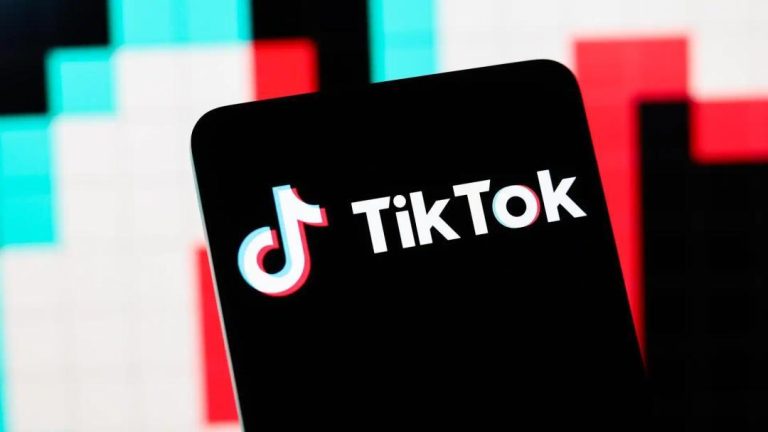
What’s a Non-Voice Process in Call Centres?
In the world of customer service, call centres are often associated with phone calls and conversations with customers. However, there’s more to it than just speaking over the phone. Non-voice processes in call centres involve handling customer queries without speaking directly to them. Instead, agents respond through live chat, email, and social media platforms. This approach offers a range of benefits, from increased efficiency to improved customer satisfaction.
What are Non-Voice Processes?
Non-voice processes in call centres refer to the written communication methods used to engage with customers. These include:
- Live Chat: Real-time conversations with customers through a chat window on a website or mobile app.
- Email: Sending and receiving written messages to and from customers.
- Social Media: Responding to customer inquiries and comments on social media platforms like Facebook, Twitter, and Instagram.
These non-voice processes are ideal for individuals who excel at written communication and prefer working in a quiet, focused environment. They also offer businesses the ability to support multiple customers simultaneously, leading to faster service and increased efficiency.
Benefits of Non-Voice Processes
- Increased Efficiency: Non-voice processes enable agents to handle multiple customer inquiries at once, reducing wait times and improving response times.
- Improved Customer Satisfaction: By providing timely and accurate responses, non-voice processes help to resolve customer issues quickly and effectively.
- Cost Savings: Non-voice processes can reduce the need for dedicated phone lines and equipment, resulting in cost savings for businesses.
- Flexibility: Non-voice processes can be used to support customers across multiple channels, including social media and email.
How Do Non-Voice Processes Work?
In a non-voice process, customers initiate contact through a live chat window, email, or social media platform. The agent receives the inquiry and responds in a written format, using specialized software or platforms to manage the process.
- Inbound Non-Voice Inquiries: Customers initiate contact through a non-voice channel, such as a live chat window or email.
- Agent Response: The agent receives the inquiry and responds in a written format, using specialized software or platforms to manage the process.
- Escalation: If needed, the agent can escalate the inquiry to a supervisor or specialized team for further assistance.
- Resolution: The agent works to resolve the customer’s issue, providing timely and accurate responses to ensure customer satisfaction.
Best Practices for Non-Voice Processes
- Clear Communication: Ensure that agents communicate clearly and concisely in their written responses.
- Timely Responses: Respond to customer inquiries in a timely and efficient manner to prevent delays and frustration.
- Empathy and Understanding: Show empathy and understanding in written responses to build trust and rapport with customers.
- Training and Development: Provide ongoing training and development opportunities for agents to improve their written communication skills.
Conclusion
Non-voice processes in call centres offer a range of benefits, from increased efficiency to improved customer satisfaction. By understanding the benefits and best practices of non-voice processes, businesses can provide excellent customer service while reducing costs and improving agent productivity. Whether you’re a customer service professional or a business owner, understanding non-voice processes can help you deliver exceptional customer experiences and drive business growth.
News Source:
https://www.growthjockey.com/blogs/non-voice-process-call-center






